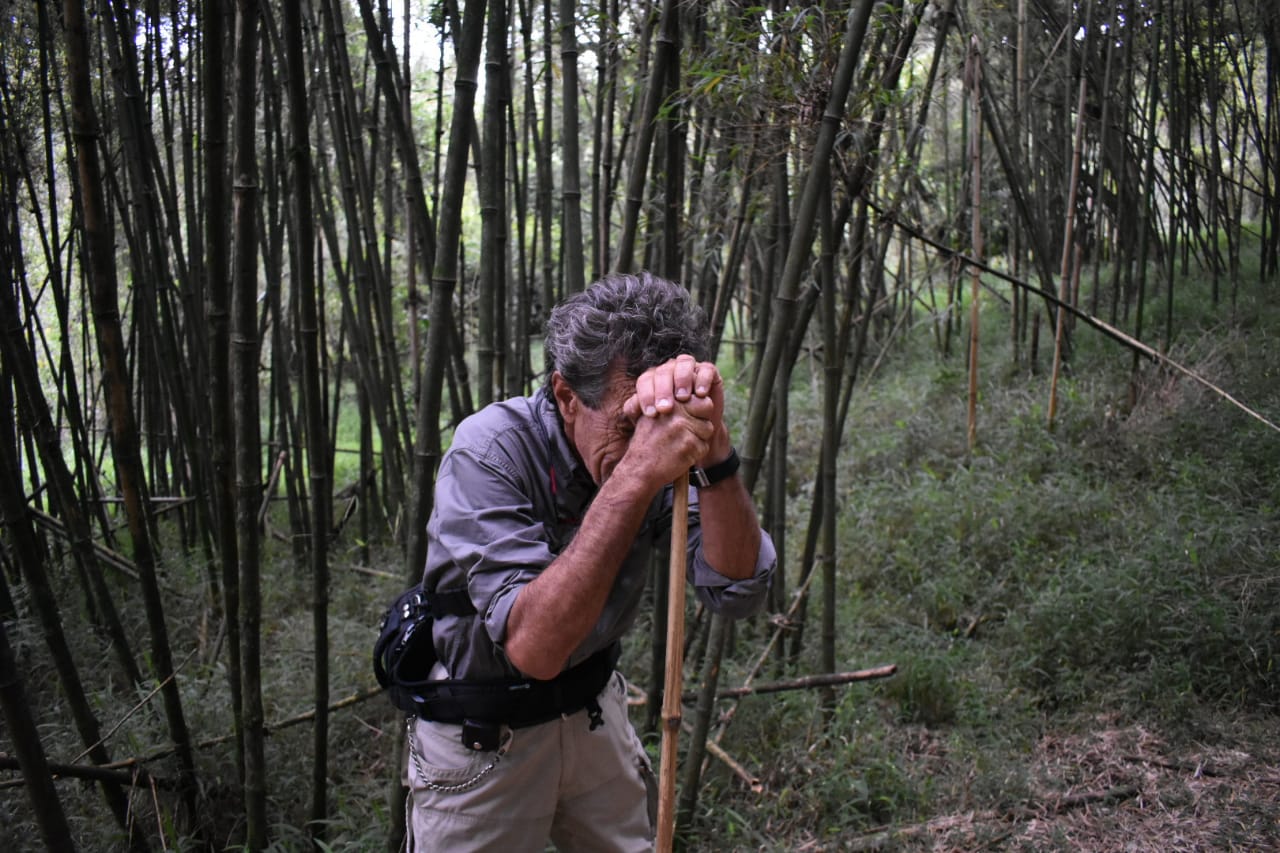CHIMPANZEE TREKKING IN NYUNGWE FOREST NATIONAL PARK
CHIMPANZEE TREKKING IN NYUNGWE FOREST NATIONAL PARK
When it comes to safaris in Rwanda, most travelers are left to think that it is only about gorilla trekking and yet the latter is not true. A visit to this magical country rewards travel endeavors with variety of primate adventures of which chimpanzee trekking is undoubtedly one of a kind that shouldn’t miss out in your travel plan. In Rwanda, this experience is perfectly done in Nyungwe Forest National Park. This park is situated in southwestern Rwanda and this primate experience is remarkably one of a few most sought after activities by most tourists on safari in Rwanda. Two groups have been habituated and readily available for visitors to explore while on safari. It is within this park that the largest habituated group is found and comprises of 60 members and the smaller one is within Cyamudongo Forest.
Nyungwe Forest National Park is a home to 500 chimpanzees and nearly 100 of them have been habituated meaning they are used to human presence. This primate adventure starts early in the morning with briefing on dos and don’ts that must be followed at all times while you are in the jungle searching for these magnificent creatures. You will be assigned to a well-trained park guide who will take you through the entire experience. The set rules and regulations are designed mainly to safe guard the lives of these fascinating creatures and their habitat. These creatures share about 98.7 percent of their DNA with humans making them to be very susceptible to human infectious diseases. After briefing, you hit the jungles in search of chimpanzees and upon getting them; you explore more about their daily behaviors, body gestures and also for you to have a chance to take as many photos as possible. The interesting side of it is that while you are in the jungles, you also have a chance to catch a glimpse at other distinct species including the L’Hoest, vervet monkeys, baboons as well as bird species for instance giant hornbills, great blue turacos, red breasted sparrow hawks among others.
This experience is a bit unique from gorilla trekking in that chimpanzees in most cases do move and in high speed, jump from one tree to another while making noise. For mountain gorillas, they spend most of their time on ground. The treks normally start from any of the park’s receptions-Uwinka, Gisakura and Kitabi where you will meet with park rangers. You are however encouraged to be at the reception early enough.
Chimpanzee trekking permits
Like gorilla trekking or golden monkey trekking, in order for you to take part in chimpanzee trekking, you must have a permit at hand. You will need $100 for you to secure a permit in Rwanda if you are to take part in this thrilling primate experience. To avoid any inconveniences, you are advised to book your permit early enough.
Tips for chimpanzee trekking
- To be part of this lovely adventure, you need to be above 15 year
- You must be physically fit
- Pack good hiking shoes, long sleeved shirt or t-shirt, water, energy giving snacks, rain jacket or poncho, insect repellent and others
Accommodation in Nyungwe Forest National Park
Availability of accommodation facilities at a destination is remarkably what makes a safari complete. The notable lodges for your overnight stay include Gisakura Guesthouse, Nyungwe Forest View Hill hotel, Nyungwe Forest lodge, Kitabi College of Conservation and Environment management.
When to visit Nyungwe Forest National Park
This park straddles at altitude between 1600 and 2950 meters and its temperatures range from 0 to 30 degrees Celsius. It experiences rainfall amount of about 1800 to 2500 mm each year. There are 2 wet seasons that are experiences in this park with the first starting from March to May and this is the longest while the shortest begins from October to November. The dry season then starts from June to September and December to February. Usually, the dry season is considered as the perfect time for one to explore the natural wonders of this park as it is characterized by low rainfall amount.
What to wear for chimpanzee tracking
Like gorilla trekking, in order for you to have the best of chimpanzee adventure in Nyungwe Forest National Park, a number of items should be considered in your packing list and they include among others water proof hiking shoes, long trousers, camera with no flashlight, sunglasses, long sleeved shirts, water proof day pack, insect repellent a mention but a few.
In conclusion, chimpanzee tracking in Nyungwe Forest National Park is one amazing primate experience that you need to add on your gorilla safari while on vacation in Rwanda this coming season. You can also include other activities to make your safari complete for instance bird watching, canopy walk and many more.










